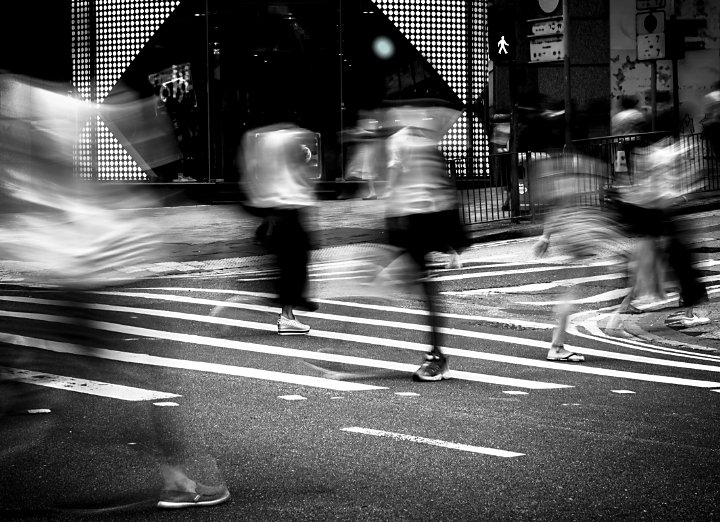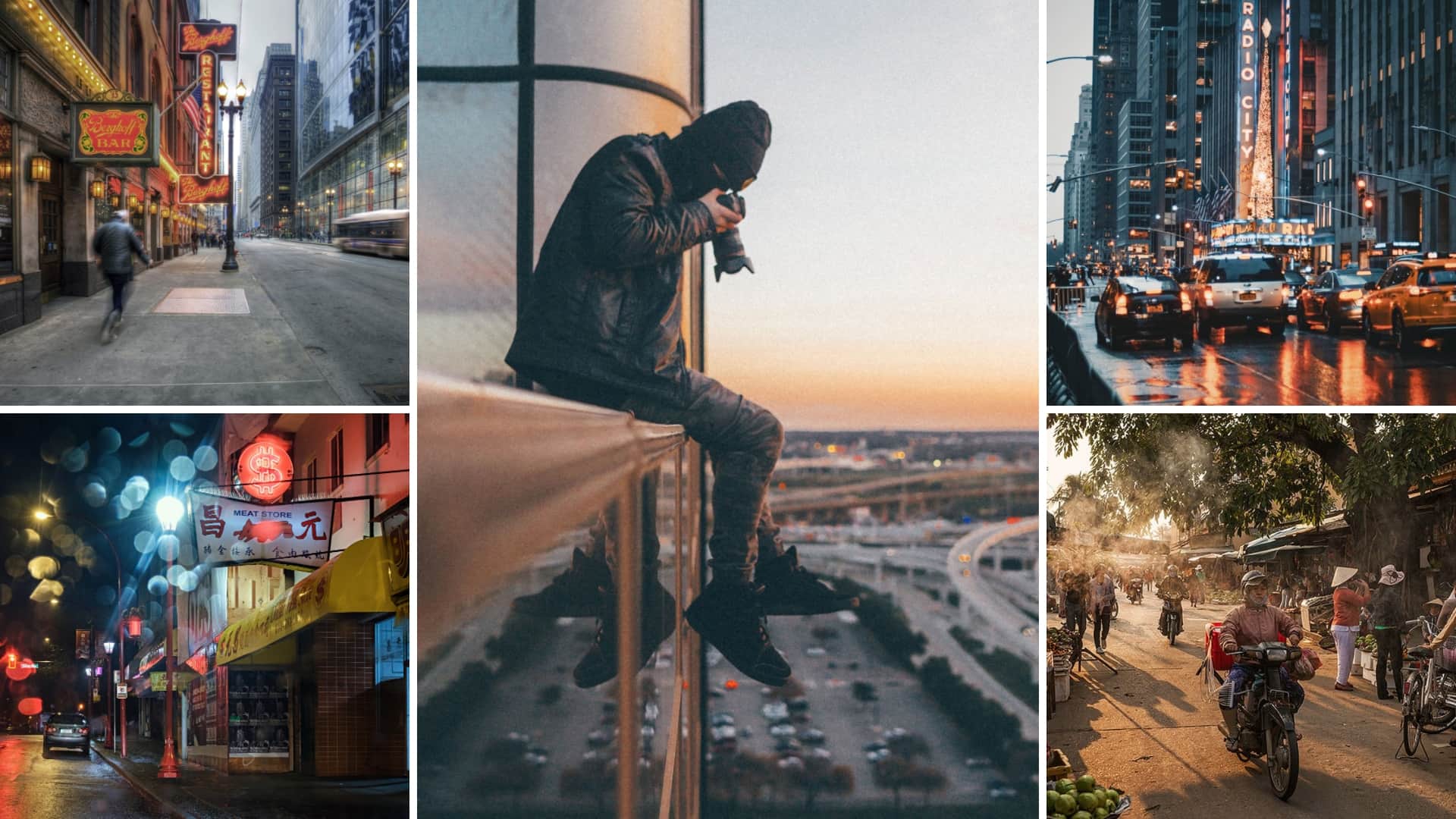An Unbiased View of Framing Streets
An Unbiased View of Framing Streets
Blog Article
Getting The Framing Streets To Work
Table of ContentsThe Best Guide To Framing StreetsSome Ideas on Framing Streets You Need To KnowFraming Streets Things To Know Before You BuyThe smart Trick of Framing Streets That Nobody is DiscussingHow Framing Streets can Save You Time, Stress, and Money.Getting My Framing Streets To Work
Digital photography category "Crufts Dog Show 1968" by Tony Ray-Jones Road photography (also sometimes called honest digital photography) is photography conducted for art or questions that includes unmediated possibility experiences and random events within public places, normally with the objective of capturing photos at a definitive or poignant minute by cautious framework and timing. 
Subsequently his boots and legs were well defined, however he lacks body or head, due to the fact that these remained in movement." Charles Ngre, waterseller Charles Ngre. https://framing-streets.creator-spring.com/ was the first digital photographer to obtain the technological class needed to register individuals in movement on the road in Paris in 1851. Photographer John Thomson, a Scotsman collaborating with journalist and social activist Adolphe Smith, released Road Life in London in twelve month-to-month installments starting in February 1877
Framing Streets - The Facts
Eugene Atget is related to as a progenitor, not since he was the first of his kind, however as a result of the popularisation in the late 1920s of his record of Parisian streets by Berenice Abbott, who was inspired to take on a comparable documentation of New york city City. [] As the city created, Atget helped to advertise Parisian streets as a deserving subject for digital photography.

The Single Strategy To Use For Framing Streets
The principal Mass-Observationists were anthropologist Tom Harrisson in Bolton and poet Charles Madge in London, and their initial report was produced as the book "May the Twelfth: Mass-Observation Day-Surveys 1937 by over two hundred viewers" [] Window cleaner at Kottbusser Tor, Berlin, by Elsa Thiemann c. 1946 The post-war French Humanist College digital photographers discovered their topics on the road or in the restaurant. Between 1946 and 1957 Le Groupe des XV every year exhibited work of this kind. Andre Kertesz. Circus, Budapest, 19 May 1920 Road photography developed the significant web content of 2 events at the Museum of Modern Art (Mo, MA) in New York curated by Edward Steichen, 5 French Professional Photographers: Brassai; Cartier-Bresson, Doisneau, Ronis, Izis in 1951 to 1952, and Post-war European Photography in 1953, which exported the concept of road photography worldwide.

9 Simple Techniques For Framing Streets
The recording device was 'a hidden camera', a 35 mm Contax concealed underneath his coat, that was 'strapped to the chest and linked to a lengthy cable strung down the appropriate sleeve'. His job had little contemporary influence as due to Evans' sensitivities regarding the creativity of his job and the privacy of his topics, it was not published until 1966, in the book Lots of Are Called, with an intro created by James Agee in 1940.
Helen Levitt, then a teacher of young youngsters, connected with Evans in 193839. She documented the transitory chalk illustrations - 50mm street photography that belonged to youngsters's street society in New york city at the time, as well as the kids who made them. In July 1939, Mo, MA's new photography area consisted of Levitt's operate in its inaugural eventRobert Frank's 1958 publication,, was substantial; raw and frequently indistinct, Frank's pictures questioned traditional photography of the moment, "tested all the formal policies put down by Henri Cartier-Bresson and Walker Evans" and "contradicted the wholesome pictorialism and wholehearted photojournalism of American magazines like LIFE and Time".
Report this page